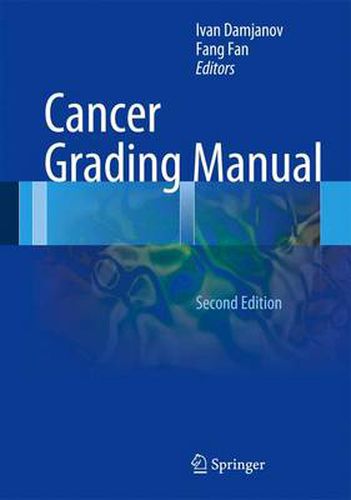Readings Newsletter
Become a Readings Member to make your shopping experience even easier.
Sign in or sign up for free!
You’re not far away from qualifying for FREE standard shipping within Australia
You’ve qualified for FREE standard shipping within Australia
The cart is loading…






This is the second edition of a practice-oriented, well-illustrated manual on the microscopic grading of tumors. After an introduction on the history and basic tenets of tumor grading, subsequent chapters focus on specific organ systems. In each case, the most widely used system for grading common tumors is presented and discussed. Throughout, careful attention is paid to the principles of microscopic tumor grading, ancillary methods to improve grading, and the latest techniques used in evaluating tumors and formulating prognosis. Since the first edition, all chapters have been updated to reflect revisions in the clinical practice of pathology and to explain the role of novel immunohistochemistry and molecular biology techniques. In addition, a new chapter is devoted to the latest trends in cancer grading, and further illustrations have been included. Cancer Grading Manual is a superb resource for both diagnostic surgical pathologists and pathology residents.
$9.00 standard shipping within Australia
FREE standard shipping within Australia for orders over $100.00
Express & International shipping calculated at checkout
This is the second edition of a practice-oriented, well-illustrated manual on the microscopic grading of tumors. After an introduction on the history and basic tenets of tumor grading, subsequent chapters focus on specific organ systems. In each case, the most widely used system for grading common tumors is presented and discussed. Throughout, careful attention is paid to the principles of microscopic tumor grading, ancillary methods to improve grading, and the latest techniques used in evaluating tumors and formulating prognosis. Since the first edition, all chapters have been updated to reflect revisions in the clinical practice of pathology and to explain the role of novel immunohistochemistry and molecular biology techniques. In addition, a new chapter is devoted to the latest trends in cancer grading, and further illustrations have been included. Cancer Grading Manual is a superb resource for both diagnostic surgical pathologists and pathology residents.